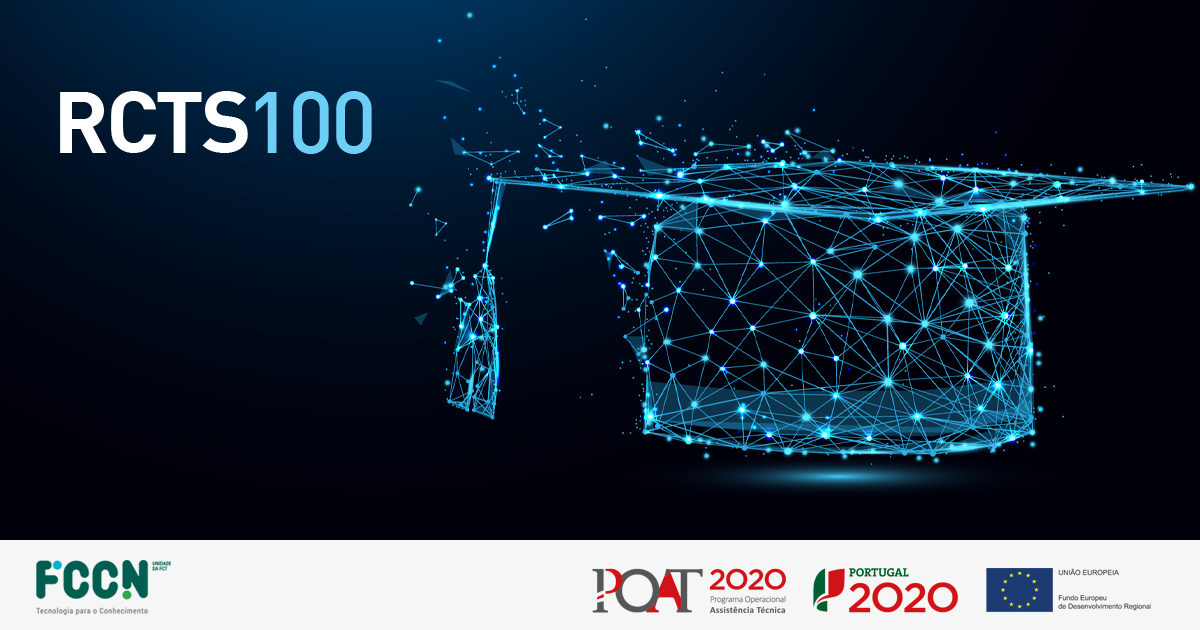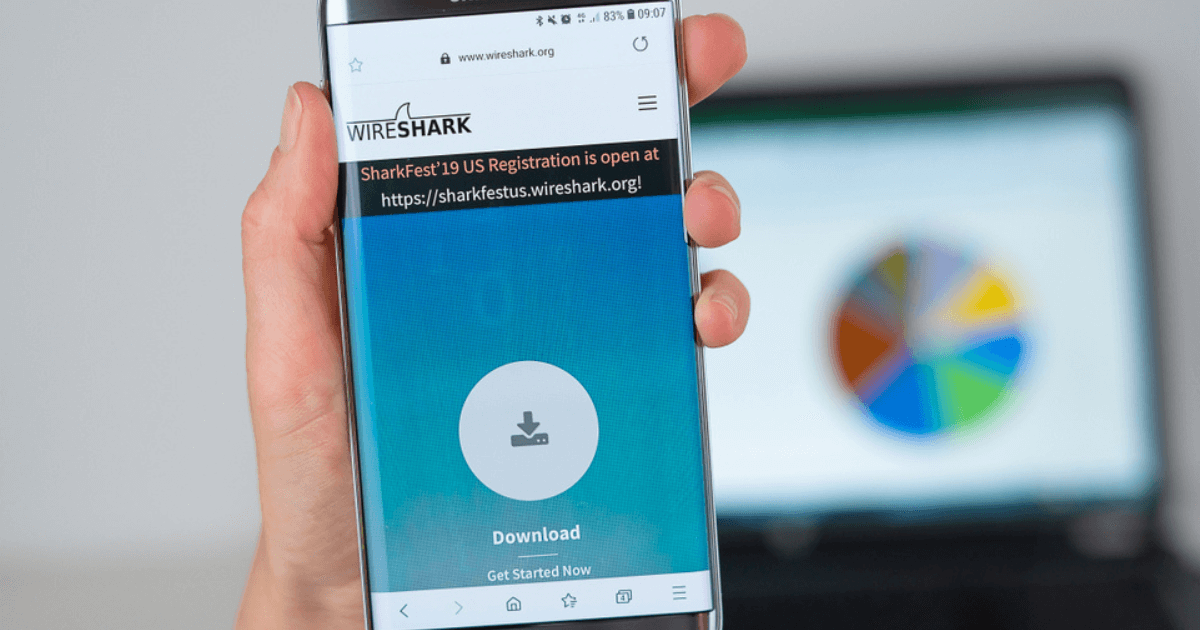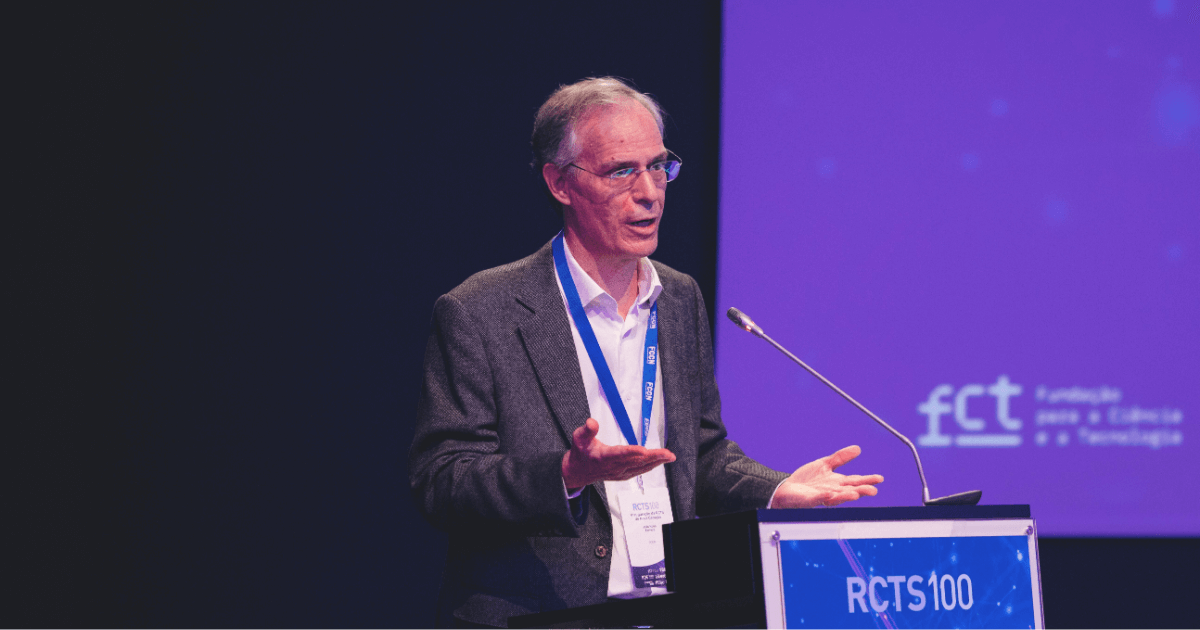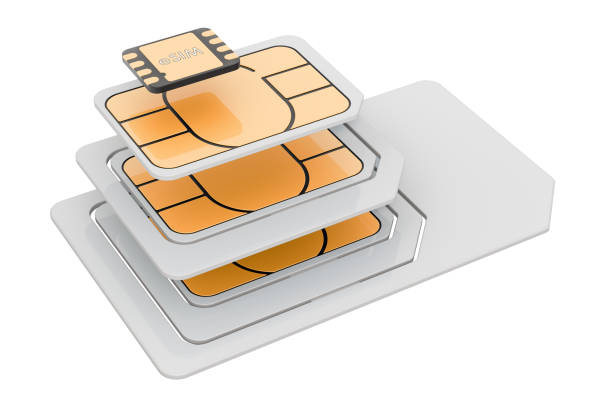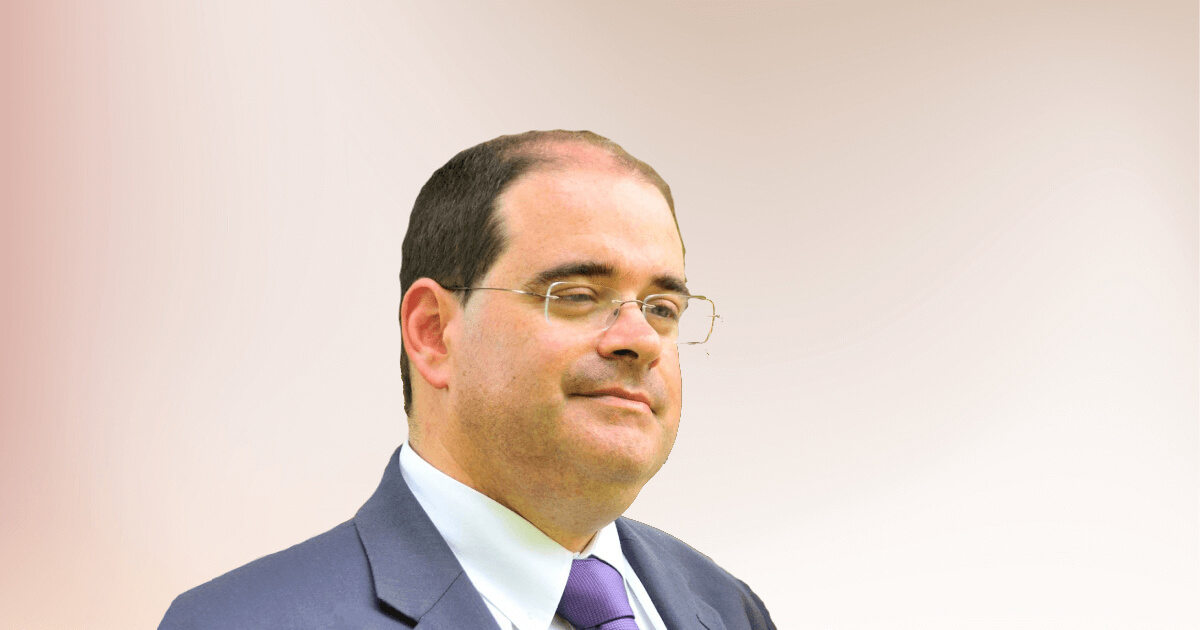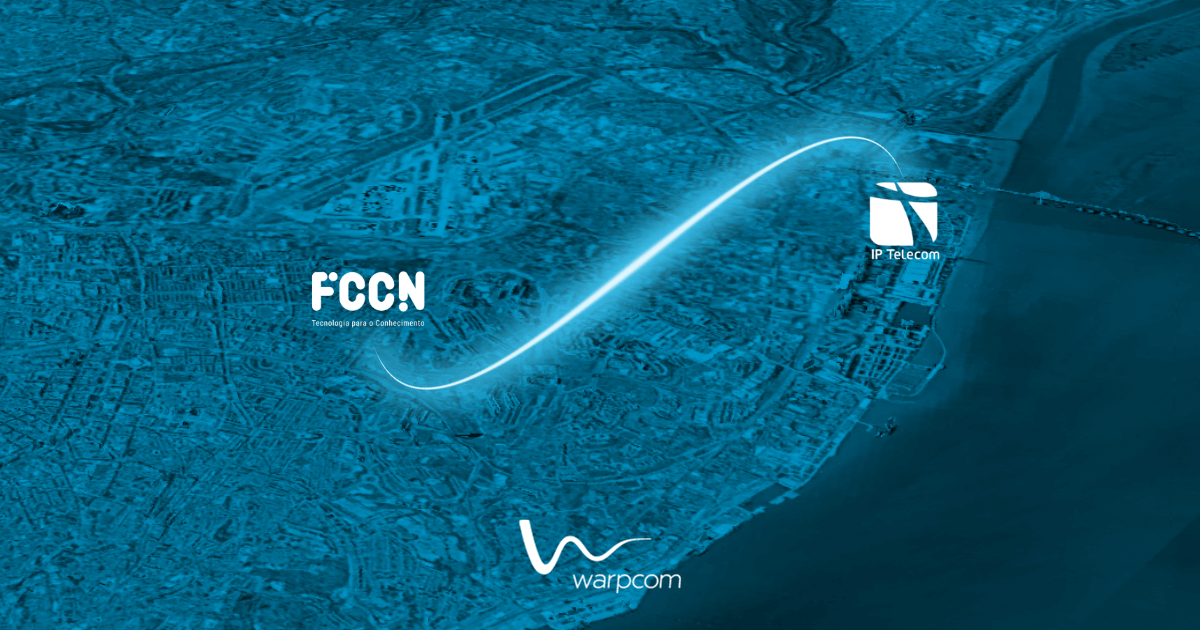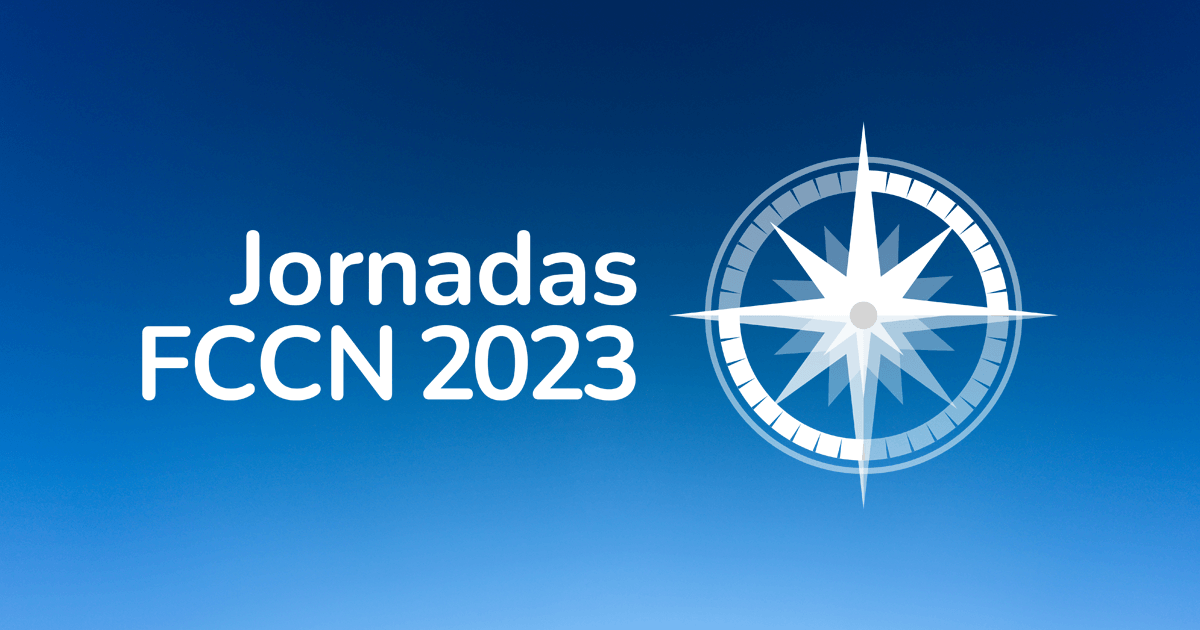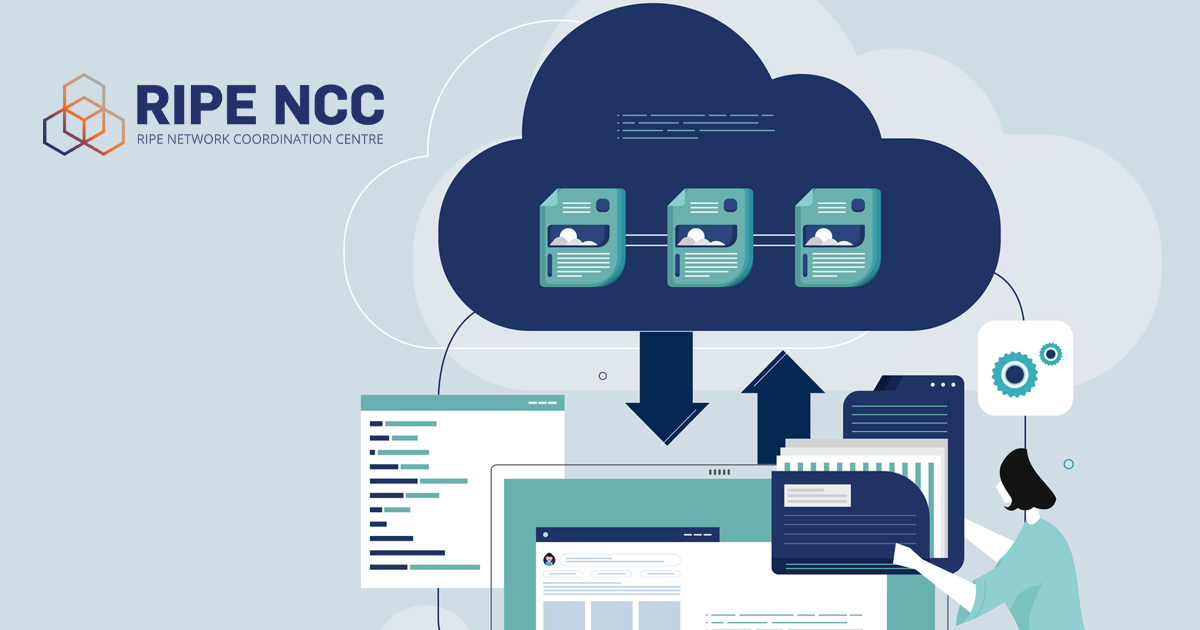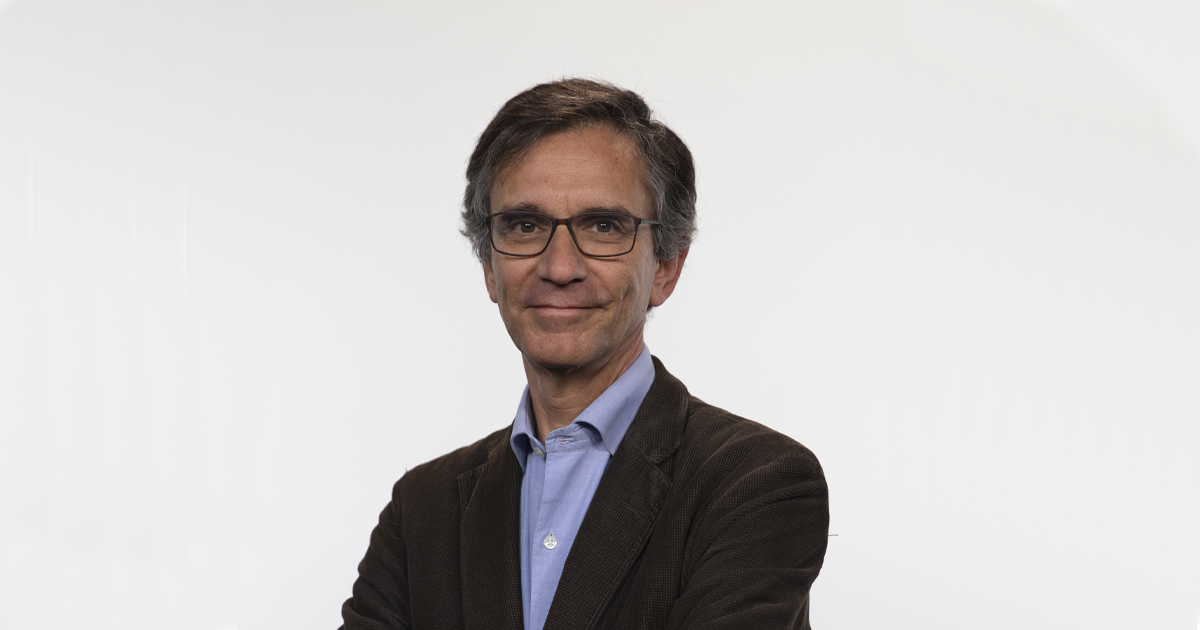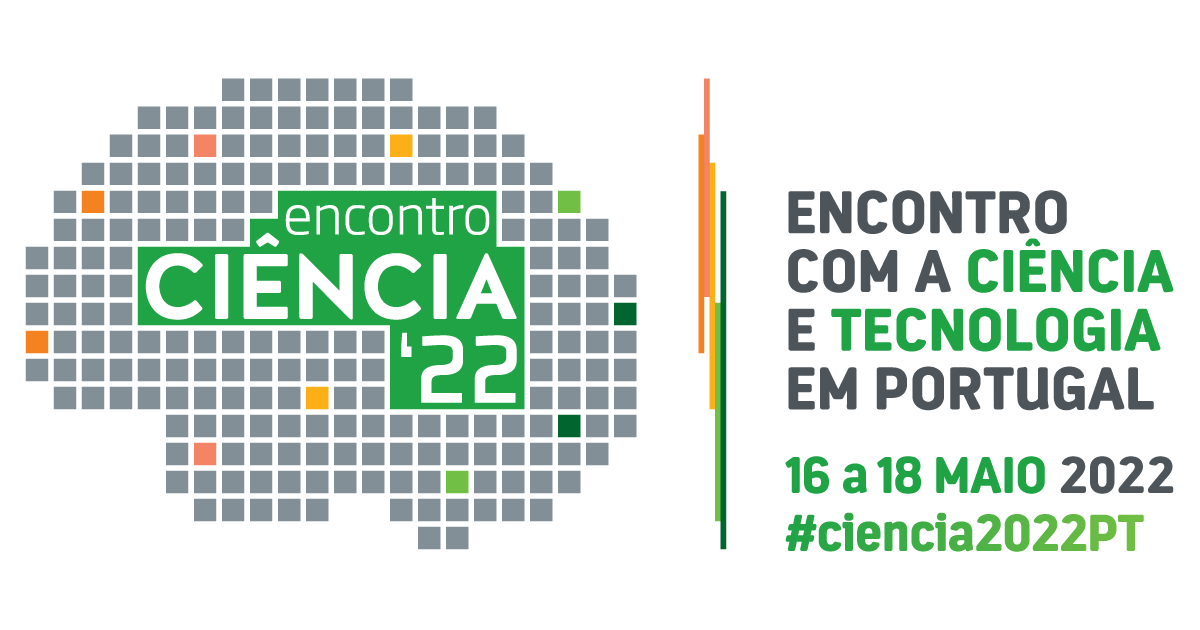Learn all about RCTS100, the project that technologically upgrades the national education and research network - the Science, Technology and Society Network (RCTS).
It was on October 1st 2017 that everything began, with the official start of RCTS100. With a total investment of 17 million euros, 13 of which came from the European Regional Development Fund (ERDF), the initiative anticipated an execution horizon of about three years, with the pandemic now expected to be completed by the end of 2022. The thematic objective then inscribed in the project was simple and illustrative of its importance: "Strengthen research, technological development and innovation" .
To this end, over the last five years, RCTS100 has been extending the fiber optic infrastructure of the national education and research network and ensuring its technological upgrade. "We are building a new generation of RCTS," said Ana Pinto, Director of the Unit's Network Services Area FCCN, in an interview published in January 2021. At the same time, the project also enabled the internal networks of nine public higher education entities to be trained internally.
Thus, the RCTS100 project had repercussions all over the country. In addition to the activation of new routes of the optical fiber infrastructure, which enabled the updating of connections to several higher education institutions, it was also possible to create two new rings in the network. These efforts are part of the goal of making the network more scalable, both in terms of the number of services provided and in increasing redundancy and resilience to failure .
Fighting inequalities
The term "digital divide" applies to the differences felt, in different parts of the country, regarding the available connectivity services. In the case of RCTS, its fiber infrastructure was mostly located on the coast of the country and in the metropolitan areas of Lisbon and Porto. This resulted in significant differences between the services available there and those that were accessible to education and research entities located in the northern or southern interior of the country.
The RCTS100 project sought to respond to this need. By standardizing access to fiber and activating an optical transmission system with national coverage,it was possible to ensure equal access conditions to the network, regardless of the location of the subscribing entity . At this moment, RCTS teaching and research entities located in the south or in the northern interior can already access multiple services at 100Gbps.
Over the last few months, the FCCN Unit has been sharing the testimonies of managers from various RCTS entities on its blog. The people interviewed highlight the role that this project plays in the day-to-day running of their institutions. "The connection between Polytechnic of Guarda to the national education and research network at 100Gpbs is fundamental to meeting our needs," said João Paulo Valbom, coordinator of the Information Technology Center at the Polytechnic of Guarda.
The same idea is shared by the president of the Polytechnic of Viseu, José dos Santos Costa: "The connection of the Polytechnic of Viseu to the national network of teaching and research at 100Gpbs is extremely relevant.
These changes are also seen as essential to provide the RCTS with the capacity to face present and future challenges.
In a context where the pandemic accelerated the digital transformation processes, education and research entities created new solutions and expanded their markets, in a global education logic. " This globalization must be guaranteed without restrictions and with high communication capacity", explains Ana Pinto, before concluding: "RCTS100 comes, precisely, to guarantee and support the ongoing transition".
*Project co-financed by the Technical Assistance Operational Program, Portugal 2020 and the European Union, through the European Regional Development Fund.
